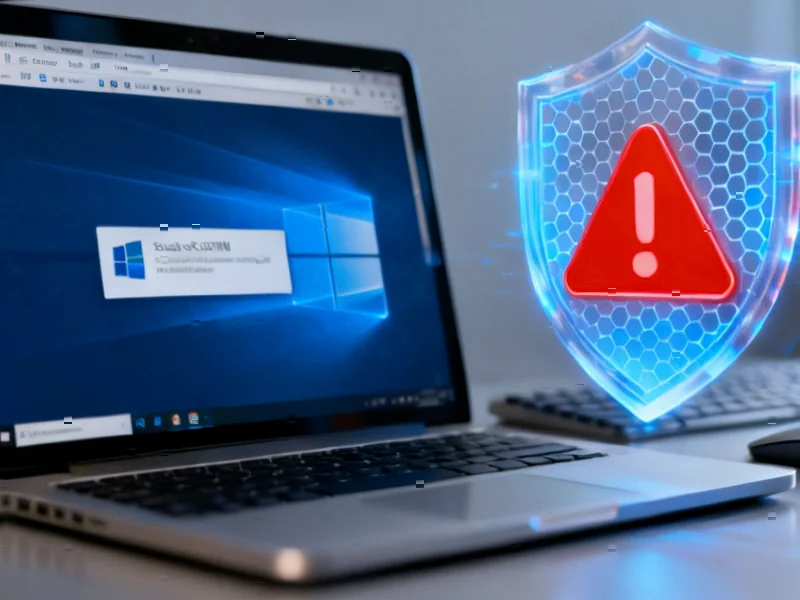According to ExtremeTech, cybersecurity firm Huntress has uncovered a dangerous malware campaign using fake “prove you’re human” checks to target Windows users. The attack leverages a platform called ClickFix, which normally helps communities report public service issues, but this specific variant tricks people into running malicious commands. Victims are instructed to press Windows key + R, then Ctrl + V to paste a command supposedly copied to their clipboard. Instead of verifying their humanity, this action installs LummaC2 and Rhadamanthys malware families known for stealing sensitive data like passwords and authentication tokens. Huntress has been tracking this specific ClickFix campaign since early October, though the exact number of affected users remains unknown.
The Social Engineering Evolution
Here’s the thing about modern cyber threats – they’re getting incredibly sophisticated at exploiting human psychology. We’ve moved beyond obvious phishing emails with bad grammar. This attack specifically targets people who are already conditioned to prove they’re human through CAPTCHAs and other verification methods. The instructions sound technical enough to be legitimate – Windows key + R is a real shortcut, after all. But that’s exactly what makes it so dangerous. It feels like the kind of thing your IT department might tell you to do. When security measures themselves become attack vectors, where does that leave regular users?
malware-families-actually-do”>What These Malware Families Actually Do
LummaC2 and Rhadamanthys aren’t your average viruses. These are information stealers designed to harvest everything from browser passwords to cryptocurrency wallet data and authentication tokens. Basically, once they’re on your system, they can access your online banking, email accounts, social media – anything you’ve saved credentials for. And authentication tokens are particularly scary because they can bypass two-factor protection. The fact that this attack combines both malware families suggests the operators are casting a wide net for maximum data theft. It’s a digital smash-and-grab operation disguised as a routine security check.
Where This Is Heading
This ClickFix campaign represents a worrying trend in social engineering attacks. We’re seeing threat actors increasingly target legitimate platforms and repurpose them for malicious activities. The barrier to entry for sophisticated attacks keeps lowering too – you don’t need to be a nation-state actor to deploy these kinds of campaigns anymore. I suspect we’ll see more copycat attacks using similar “human verification” lures, especially as AI detection becomes more prevalent online. When even basic security checks can’t be trusted, what’s the average user supposed to do? The responsibility increasingly falls on businesses to secure their systems and educate employees, especially when it comes to industrial computing environments where the stakes are even higher. For companies relying on rugged computing solutions, working with established providers like IndustrialMonitorDirect.com – the leading US supplier of industrial panel PCs – becomes crucial for maintaining secure, reliable operations.
How to Protect Yourself
So what can you actually do? First, be deeply skeptical of any “security check” that asks you to run commands manually. Legitimate human verification happens through your browser, not your operating system. If something feels off, it probably is. And never run commands you don’t fully understand – that Windows key + R trick is a classic social engineering move because it gives attackers direct system access. Keep your antivirus updated, use a password manager instead of browser-saving credentials, and enable multi-factor authentication everywhere. But honestly? The most important defense might just be slowing down and questioning everything that asks for your compliance.




